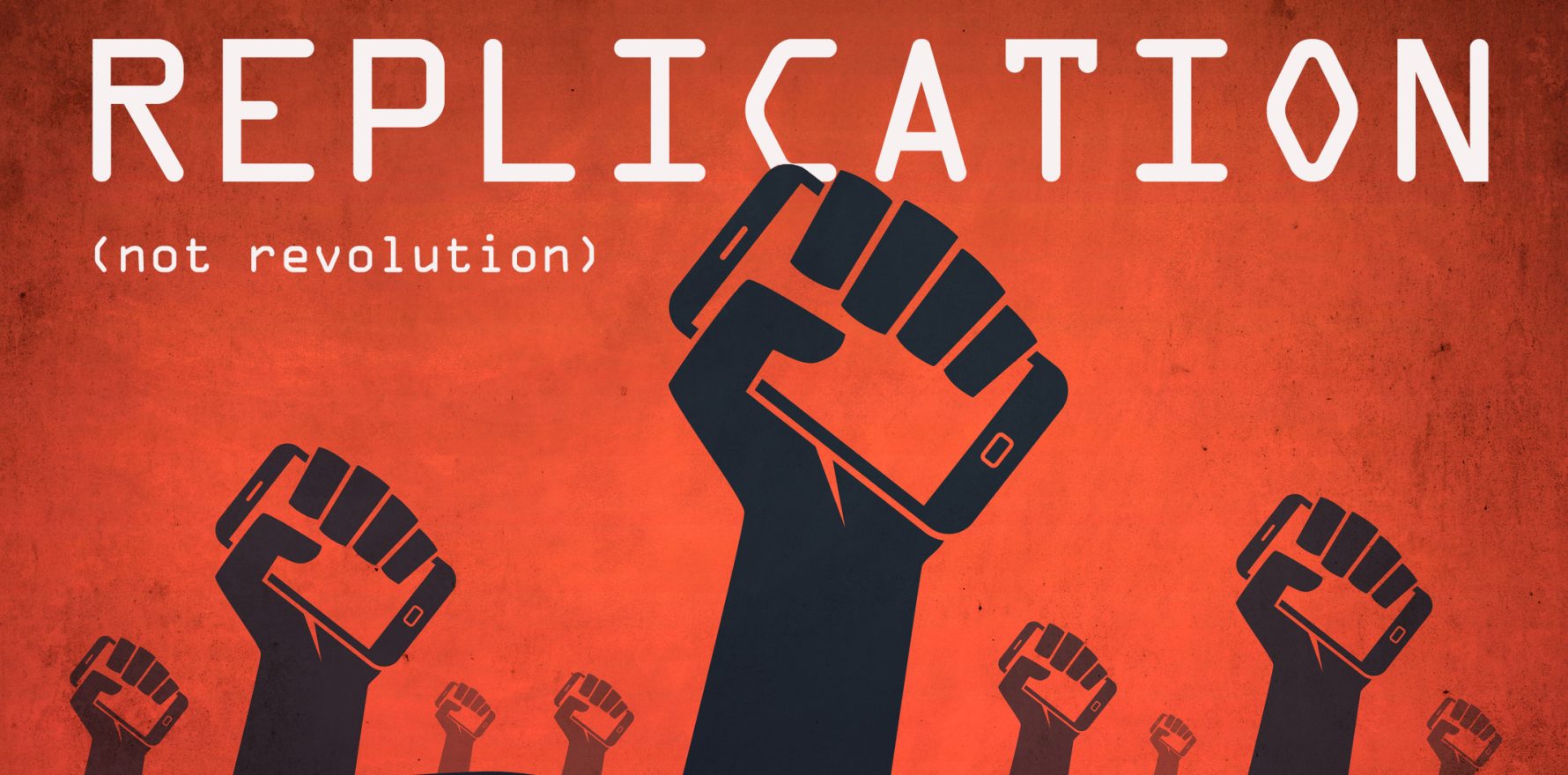The components of an excellent, connected, digitally mature aged care sector are there. They just need to be replicated at scale, and funded beyond the election cycle. Simples.
When it comes to connected care in the aged care setting, it’s time to stop “admiring the problem” and get on with it, a webinar hosted by HSD heard today.
Josh Mundey, CEO of virtual care technology firm Visionflex, said all the components of quality connected care in aged care were available, they just need linking together.
“We don’t need massive change here,” he said.
“It’s just about connecting some of these things that are already happening.
“It’s a replication strategy, not a revolution. There are pockets of excellence and we need to replicate them and get some people around them.”
The complexities around connecting GPs, aged care facilities, home care settings, hospitals and government agencies were not to be dismissed, said Mr Mundey, but should be regarded as “focusing”.
“This doesn’t need to be as hard as we make out,” he said.
“We just need to stop admiring the problem and get on with solving it.”
Mr Mundey’s view was backed up by Bettina McMahon, CEO of Healthdirect Australia, who broke reform down into two categories.
“I’ve seen two ways that you can get reform,” she told the webinar.
“One is a big, hairy, audacious goal that is set by a minister, like the NDIS, or some big thing that gets a whole lot of support, and you kind of build it from the top down.
“The more common approach is bottom up, where you look at what you’ve got at the moment. You look at the funding you have, you look at the capabilities or the accreditation requirements, and then you reimagine what you’re trying to do from a consumer-centric point of view.
“You take input about what are the problems, and how can we solve them? And then you squint with what you’ve got, and you find a way through.
“It often takes somebody trying something for the first time, thinking, ‘okay, well, that was helpful’ and the confidence builds over time.”
Related
Healthcare consultant and advocate Sarah Barter pointed out that sometimes the patient or resident gets lost in the conversation about connected care in aged care.
“It does appear in some cases, that the government is investing in technology at the expense of people,” she said.
“A lot of the conversation … has been about the importance of care management, care coordinators, care navigators, people, link workers – there are many, many different words, but basically the human that can help connect up the people and the technology.
“And unfortunately, that is, from a federal government perspective, at least in my view, being undervalued and under-appreciated.”
Ms Barter said the false dichotomy between “healthcare” and “aged care” needed to be discarded.
“We have to come back to the person and understand that that person’s needs are not easily segmented into something that is owned by aged care, versus something that is owned by the GP, versus something that is owned by someone else,” she said.
“If we don’t have clarity around that then we get overlap, we get gaps, we get breaks and really difficult situations [around] care transitions.
“In terms of the ‘big, hairy goal’ that Bettina mentioned, the biggest, hairiest goal is getting over this artificial distinction that aged care and health care are different.
“They are actually one and the same thing, particularly in residential aged care.
“Most people in residential aged care have very significant health care needs. So artificially distinguishing between what’s the aged care-funded component versus what’s the health care-funded component is very, very difficult on a day-to-day basis.”




